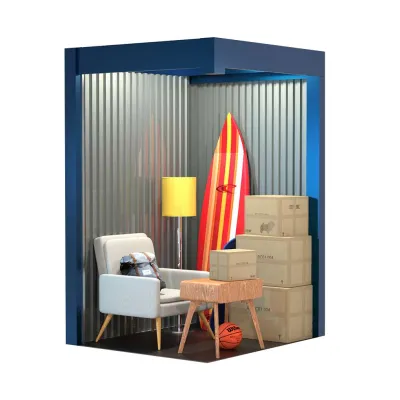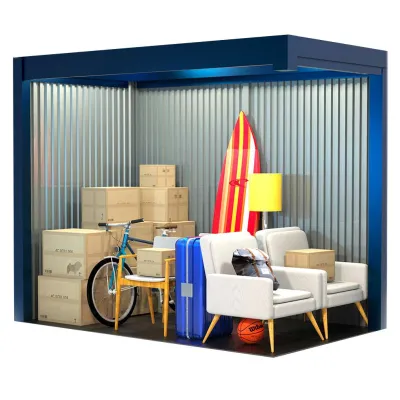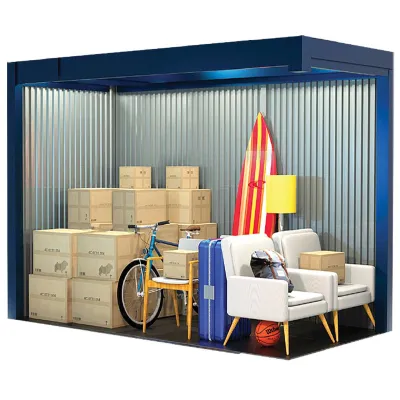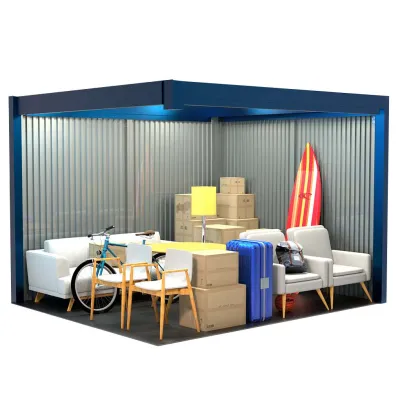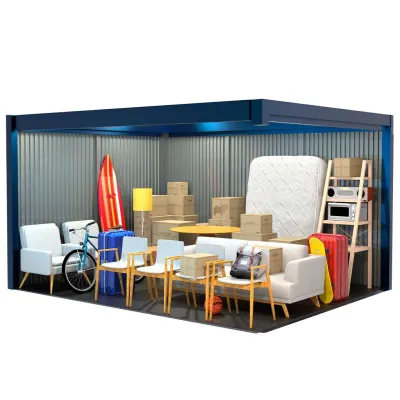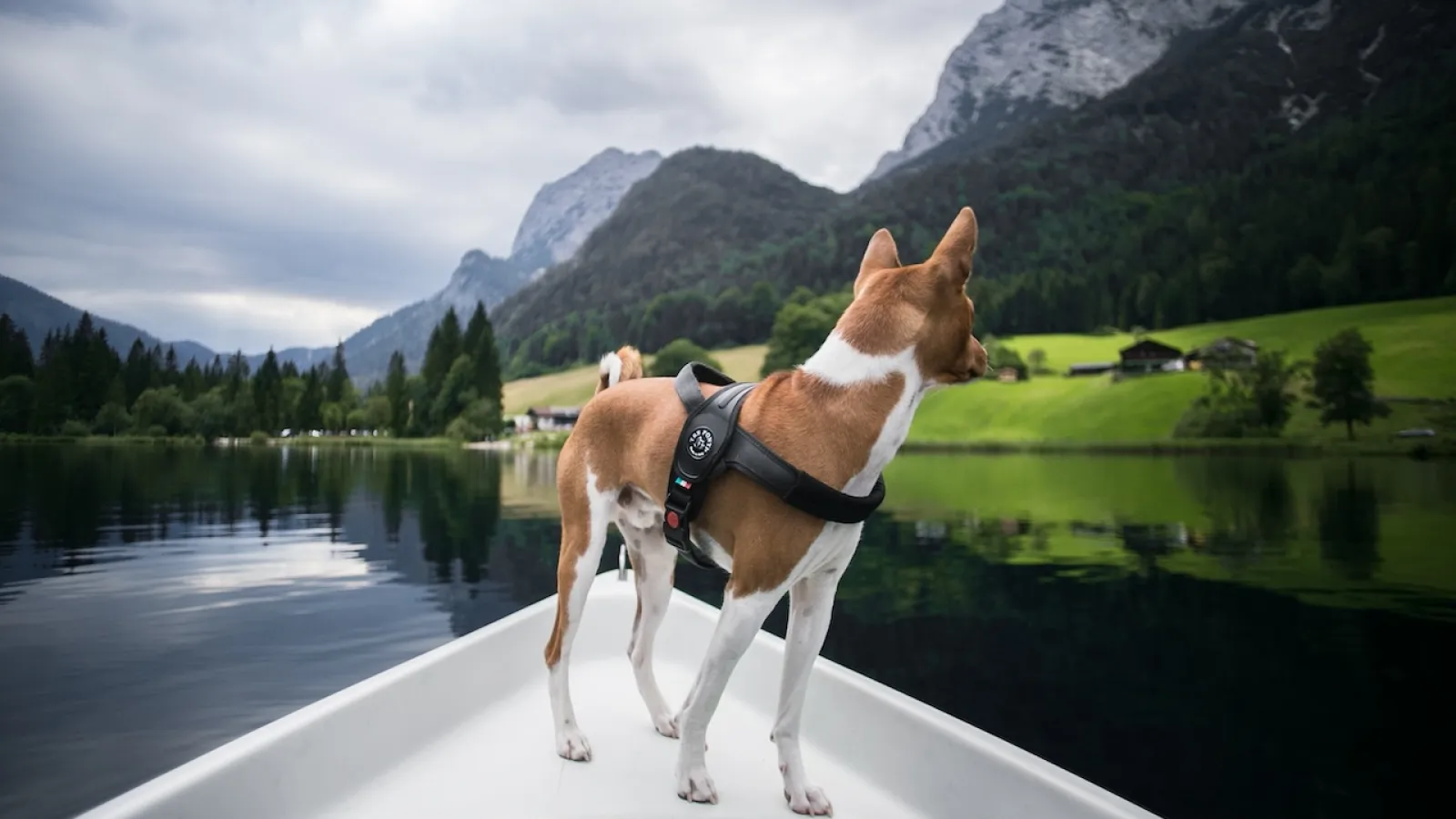
How To Safely Boat with Your Dog
Our dogs want to be a part of all our summer adventures too! Just because boating might seem like something that's better left to things with opposable thumbs doesn't mean you can't bring your dog along for the ride.
In fact, boating with your furry friend can be a fun and memorable experience for both of you. Here are some tips on how to safely take your dog on a boat:
Before Heading Out
Before you set sail, make sure to consider these important factors:
Training: If your dog isn't used to being around water, it's important to expose them to it gradually and teach them basic swimming skills.
Life Jacket: Just like humans, dogs need life jackets too! Make sure to get one that fits properly and is designed specifically for dogs.
Emergency Plan: Have a plan in case your dog falls overboard or gets injured. This could include having a designated person to watch them at all times and knowing the location of the nearest veterinary clinic.
On-Board Essentials
When you've got your dog on a boat, keep these essentials handy:
Fresh Water: Make sure to bring plenty of fresh water for your dog to drink. The sun and heat can quickly dehydrate them, so it's important to keep them hydrated.
Food & Treats: Pack some snacks and food for your dog. It's important to stick to their regular diet to avoid any stomach upset.
Sun Protection: Dogs can also get sunburnt, especially on their noses and ears. Ask your veterinarian for recommendations on dog-friendly sunscreen or invest in a sun shirt for your furry friend.
Shade: Make sure there is enough shade on the boat for your dog to cool down when needed. This could be an umbrella or a designated spot under cover.
Safety Tips
To ensure a safe and enjoyable boating experience with your dog, keep these tips in mind:
Keep Your Dog Leashed: While it may seem tempting to let your dog roam freely, it's important to keep them leashed at all times. This will prevent them from falling overboard or getting into dangerous situations.
Watch for Heat Stroke: Dogs are more susceptible to heat stroke, so make sure to watch for signs of overheating such as excessive panting and drooling.
Properly Secure Your Dog: If you're planning on going fast, make sure your dog is securely sitting in a designated spot on the boat. A sudden turn or stop could cause them to fall overboard.
Monitor Water Quality: Keep an eye out for any potential hazards in the water, such as algae blooms or rough currents.
Overboard Procedures: Have a plan in case your dog falls overboard. Practice retrieving them from the water and make sure they know how to get back onto the boat using a ramp or ladder.
Post-Boating Care
Once your boating trip is over, don't forget to take care of your furry friend:
Rinse Them Off: Rinse off any remaining saltwater or chemicals from the lake/river to avoid skin irritation.
Clean Their Ears: Dogs are prone to ear infections, so make sure to clean their ears with a dog-friendly solution after being in the water.
Check for Ticks: After returning home, check your dog for any ticks that may have latched onto them during the trip.
Additional Tips for Taking Your Dog on a Boat
Introduce Them to the Boat: Before taking your dog on a boat, let them get familiarized with the boat while it's still docked. This will help them feel more comfortable and confident once you're out on the water.
Practice Swimming: Not all dogs are natural swimmers, so it's important to practice swimming with them before taking them out on a boat. Start in shallow waters and gradually increase depth as they become more comfortable.
Consider Your Dog's Personality: Some dogs may not enjoy boating due to anxiety or motion sickness. Pay attention to your dog's body language and behavior, and if they seem stressed or uncomfortable, it might be best to leave them at home.
Be Mindful of Other Boaters: Remember that not everyone may be comfortable around dogs, so make sure to ask for permission before bringing your dog onto someone else's boat. Also, make sure to clean up after your dog and dispose of waste properly.
Bring Familiar Items: Bringing a few familiar items from home, like their favorite toys or a blanket, can help your dog feel more at ease in unfamiliar surroundings.
Start Small: If it's your dog's first time boating, start with short trips and gradually increase the duration as they become more accustomed to it. This will also allow you to assess how well they handle being on a boat and make adjustments as needed.
Know Your Dog's Limits: Just like humans, dogs can get tired and fatigued from being out on the water. Watch for signs of exhaustion and be prepared to end the trip early if needed.
With these tips in mind, you and your dog can safely enjoy a day out on the water. Just remember to always prioritize their safety and wellbeing and who knows, your dog might just become a seasoned sailor in no time.
Need to Store Your Boat? Midgard Self Storage Has Space!
When you're done taking your dog out on your boat, you'll need a convenient place to store it. Midgard Self Storage has a variety of storage options for boats, including covered and uncovered spaces at varying locations. With 24/7 access and video monitoring, you can easily get to and from the lake with Midgard Self Storage.

